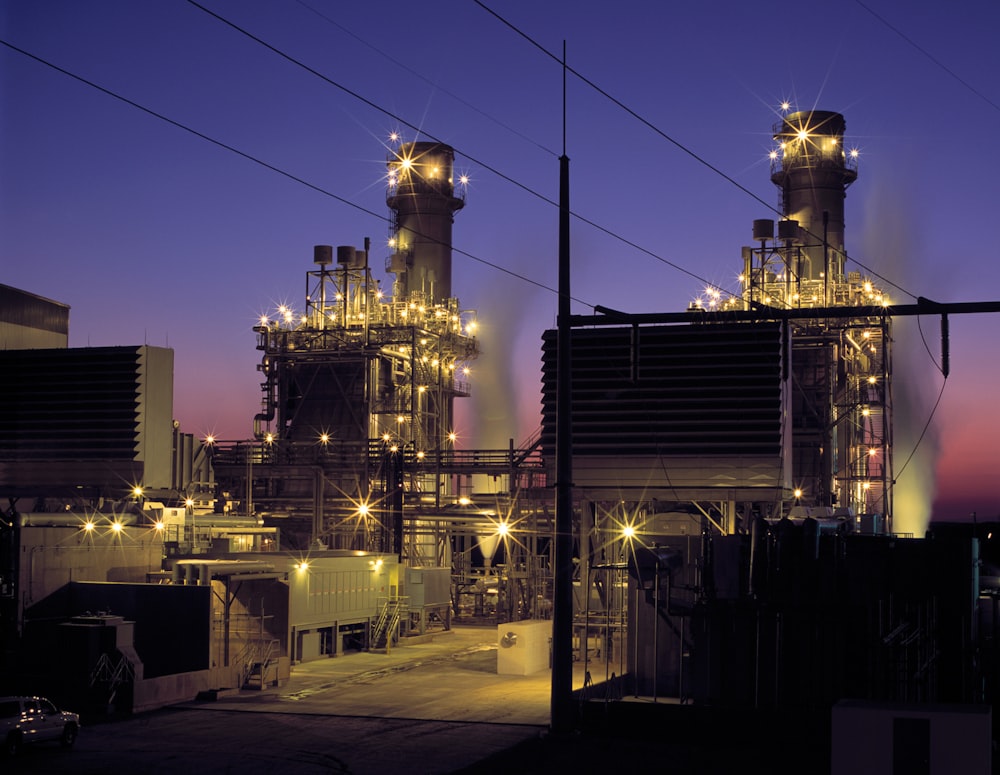The Energy Report: Deposits And Withdrawals
The U.S. withdrew a record amount of oil from our Strategic Petroleum Reserves and now just deposited 1.0 million barrels back in. But the key for the oil market may come down to bank deposits and the possibility of big withdrawals. Last week we saw a record 17 million barrel crude oil withdrawal and concerns about the possibility of bank withdrawals are getting oil traders nervous.
The focus of the oil market is being directed away from tight supply and back to macro-economic concerns after Moody’s downgraded several small to mid-sized U.S. banks. Reuters reported that Moody’s cut the ratings of 10 banks by one notch each and placed six banking giants, including Bank of New York Mellon (BK.N), US Bancorp (USB.N), State Street (STT.N) and Trust Financial (TFC.N) on review for potential downgrades as, “Many banks’ second-quarter results showed growing profitability pressures that will reduce their ability to generate internal capital.
This comes as a mild U.S. recession is on the horizon for early 2024 and asset quality looks set to decline, with particular risks in some banks’ commercial real estate (CRE)portfolios.” Moody’s also said that elevated CRE exposures are a key risk due to high interest rates, declines in office demand as a result of remote work, and a reduction in the availability of CRE credit according to Reuters.
The crude oil market, as we know, is very sensitive to banking woes as we have seen during the banking fiascos this year. The failure of: Silicon Valley Bank (SVB), Signature Bank, and First Republic Bank and Credit Swiss hurt the ability to borrow money for energy projects and increased the cost of their borrowing, and overall investor confidence in the economy as a whole. We saw the liquidity in oil futures dry up and now there are fears that could happen again if we see these downgrades by Moody’s shake investor confidence once again.
This of course could prove to be disastrous as we are already way behind on much needed fossil fuel investment. Saudi Aramco’s CEO Amin Nasser is warning that, “considering the depletion of 5% to 7% and you need to have huge investment just to maintain the current decline that we see in existing mature fields.”
We also must point to weak data out of China as part of the reason for today’s oil market weakness. China’s imports dropped 12.4% in July year-on-year, customs data showed on Tuesday, missing a forecast fall of 5% in a Reuters poll and off a 6.8% decline in June. Meanwhile, exports contracted 14.5%, steeper than an expected 12.5% decline and the previous month’s 12.4% fall. The pace of export decline was the fastest since the onset of the pandemic in early 2020 and the tumble in imports was the biggest since January this year, when COVID infections shut shops and factories according to Reuters.
Reuters reported also that, “China’s crude oil imports in July fell 18.8% from the previous month to the lowest daily rate since January, customs data showed on Tuesday, as major exporters cut back overseas shipments and domestic stocks continued to build. Crude shipments into the world’s biggest oil importer in July totaled 43.69 million metric tons, or 10.29 million barrels per day (bpd), the data from the General Administration of Customs showed. Yet while the market is fretting about a Chinese slowdown it should be noted that according to JODI Chines oil demand jumped 1.7 million barrels a day which was the second-highest level on record.
India’s oil demand was up 1.9% y/y to 17.649million metric tons in July led by gasoline +6.3% at 2.808mt and diesel +3.9% at 6.633mt.
Based on supply and demand, the outlook for energies is still very solid. The Chinese numbers are mixed and does raise some concerns but our expectations are that if things get worse in China, they’ll actually stimulate the economy. That market stimulation of course will mean that their demand for oil will hit an all-time record high. On top of that are the banking issues and it remains to be seen how bad it’s going to affect the psyche of the market. We would expect that it would be somewhat muted compared to the other banking fiascos but it’s something we have to keep our eye on.
Natural gas is getting a boost from forecasts that seem to suggest that the heat is going to come back in late August and into September. Warmer than normal temperatures mean that the end of the season storage number is going to be drawn down more than anticipated and that’s something we’ve seen in this trend for some time. The key is going to be US production that needs to stay high otherwise we’re going to start worrying about its deficit maybe later in the winter.
Make sure you invest in yourself so tune to the Fox Business Network because they are invested in you!
More By This Author:
The Energy Report: Six
The Energy Report: Unraveling
The Energy Report: Downgraded Oil




